Ice, ice baby!
The lowest natural temperature ever directly recorded at ground level on Earth is −89.2 °C in Antarctica, 1983! Years of evolution means freezing temperatures aren’t enough to stop plants and animals from surviving and thriving though!
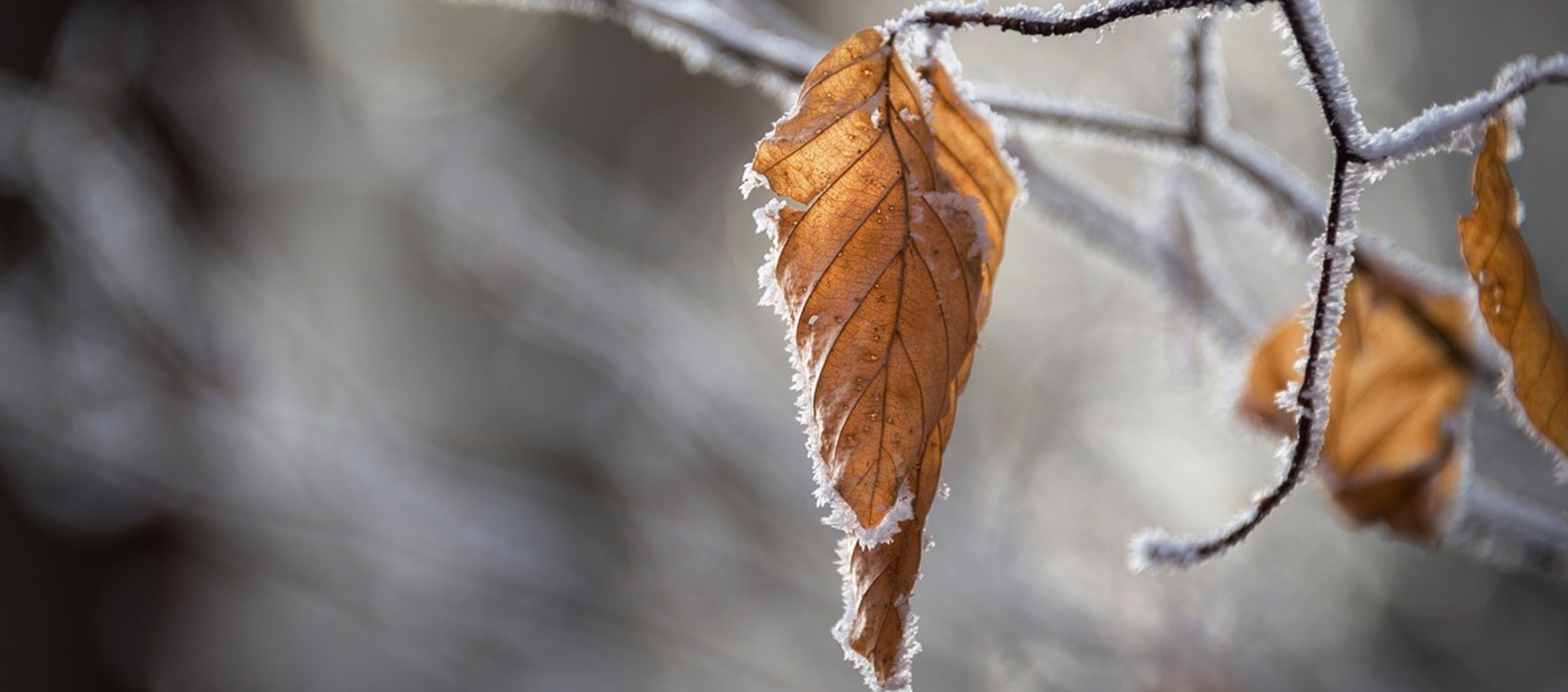
Plant adaptations to cold climates
During cold winter months in parts of the world that experience snow and frost, some plants drop their leaves and go dormant. These plants are called deciduous. Plants however need their leaves for photosynthesis. So why do plants drop their leaves?
Freezing temperatures are bad news for a plant.
The cytoplasm of a plant cell is a watery fluid that fills up the cell. When water freezes to become a solid, it expands. This is why if you place a glass bottle filled with water in the freezer, it will break! Ice crystals formed at freezing temperatures can damage cell membranes. Together, this can cause plant cells to burst. If that wasn’t challenging enough, if the fluid around cells freeze, then the cells also dehydrate!
So, what about evergreen plants? Evergreen plants keep their foliage throughout the year, but their leaves and needles have a thick, waxy coatings to reduce water loss and maintain cell structure.
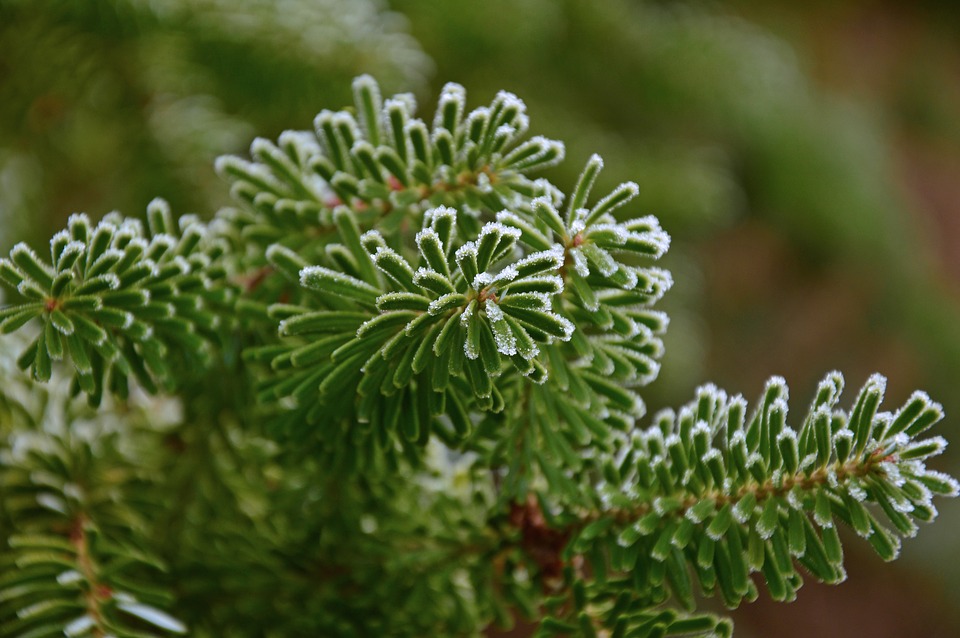
Some plants have special physiological adaptations to combat freezing temperatures, where they can activate a special protein called CBF. This causes a chain reaction of many other proteins being formed which work like anti-freeze in cars.
Animal adaptations to cold climates
Anti-freeze is not just for plants. Many arctic fish and some frog species also produce anti-freeze to survive freezing temperatures. Watch how the wood frog survives being frozen over winter, and how it ‘comes back to life’:
Frogsicles: Frozen But Still Alive
Other animals can remain active in the snow, by having layers of thick insulating fur and layers of fat.
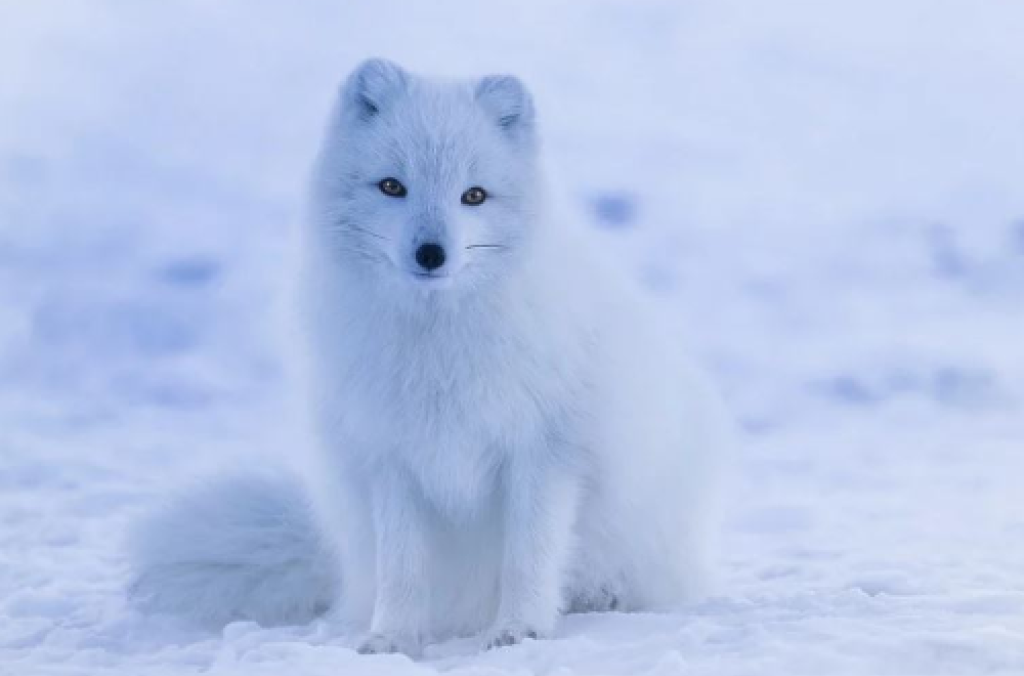
Arctic Fox 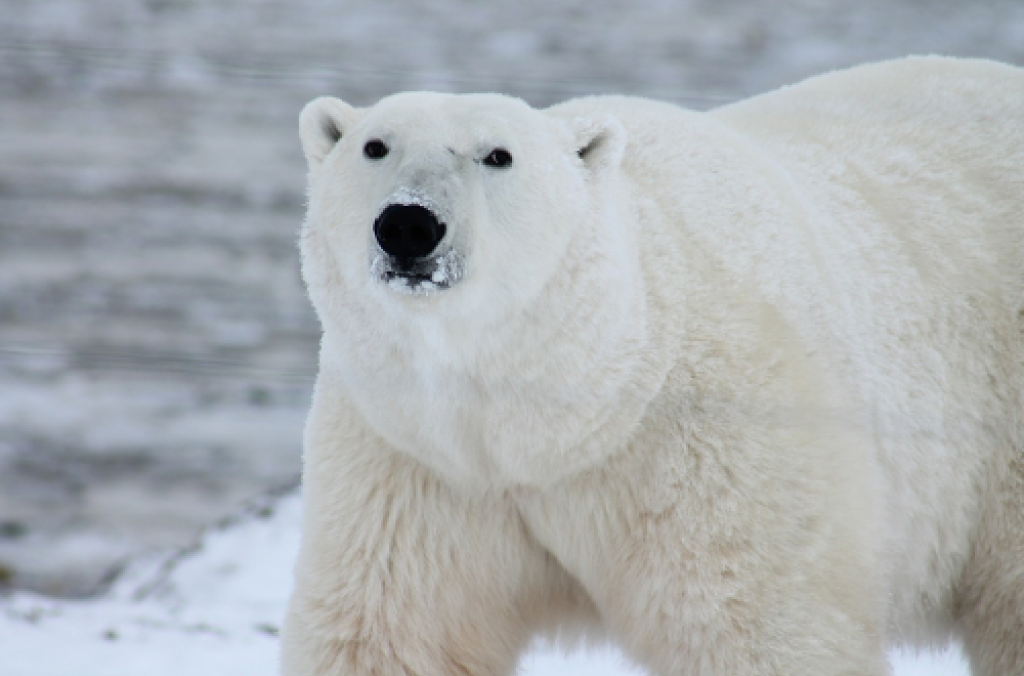
Polar Bear 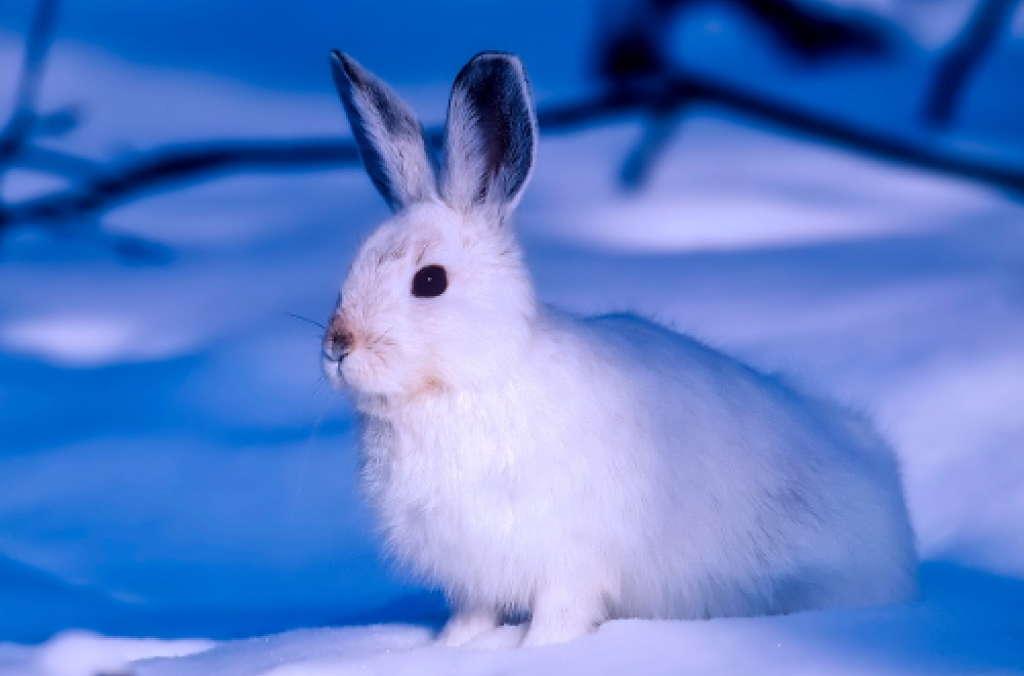
Arctic Hare 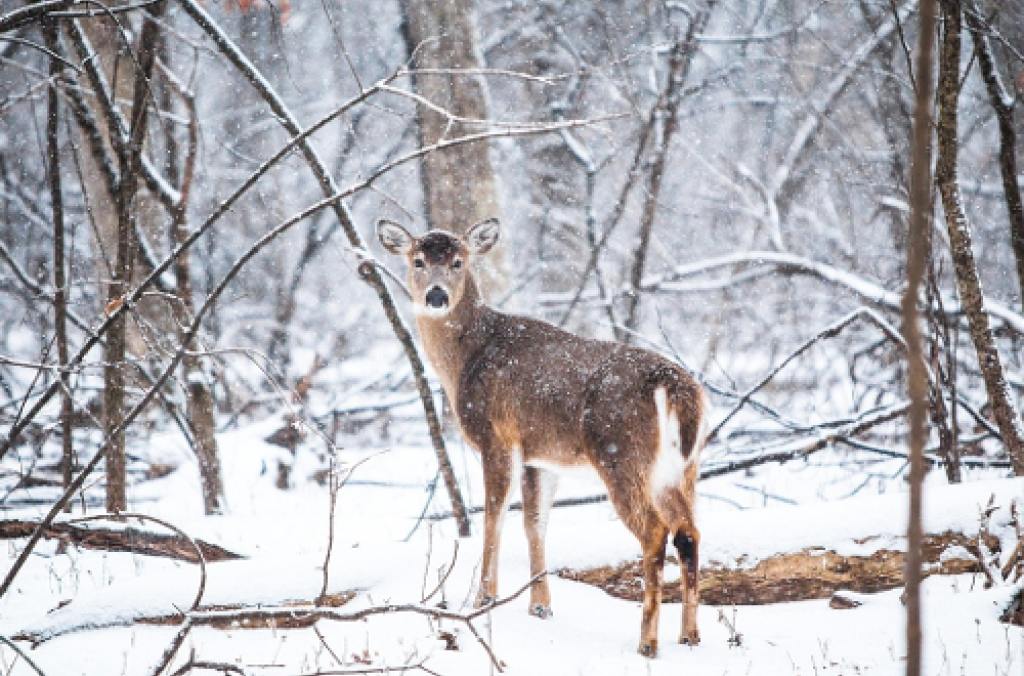
Caribou
Taking it to the extreme
Watch the video below explaining some adaptations to extreme cold through scientific demonstrations.
Extreme Adaptations (Play from 17:01 - 21:28)
Further activities
Where do I grow?
Investigate whether plants are adapted to extreme cold by growing a plant under different environmental conditions.
Adaptations sensory poster
Create a sensory poster showcasing the adaptations of an animal or plant living in extreme cold.
Experimenting with extreme cold
Model adaptations to extreme cold in this hands-on problem-solving task.